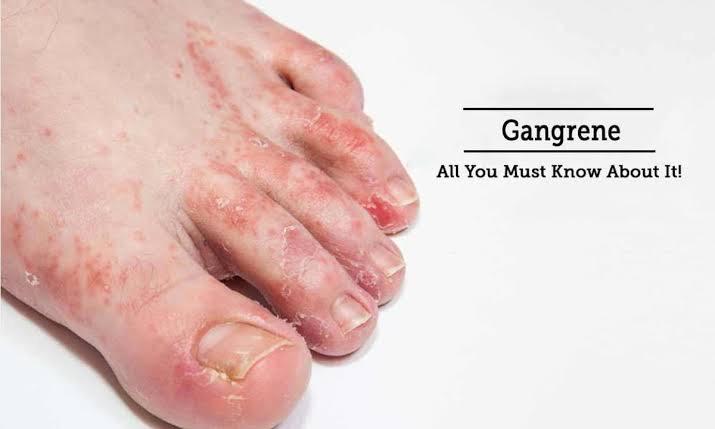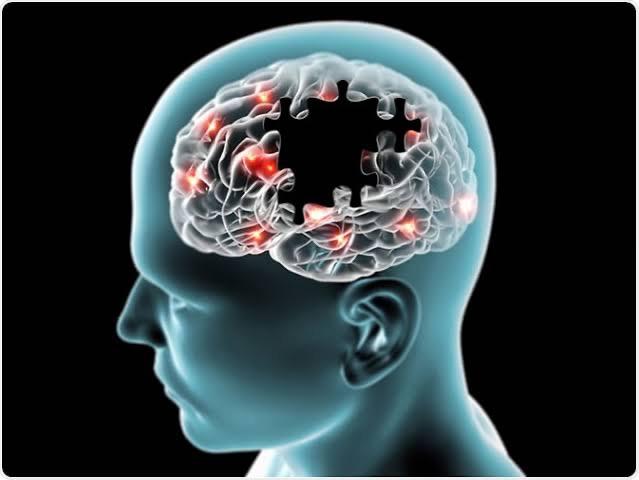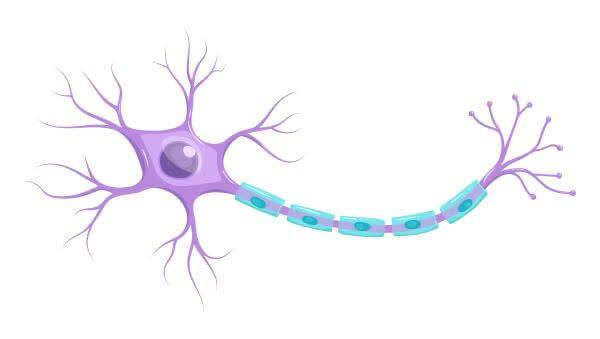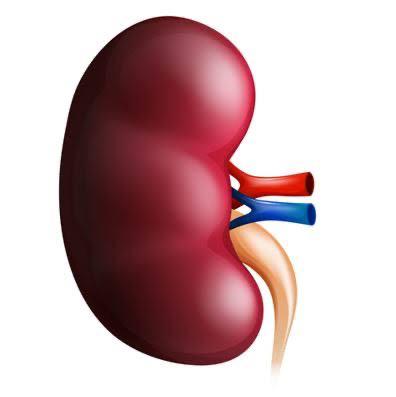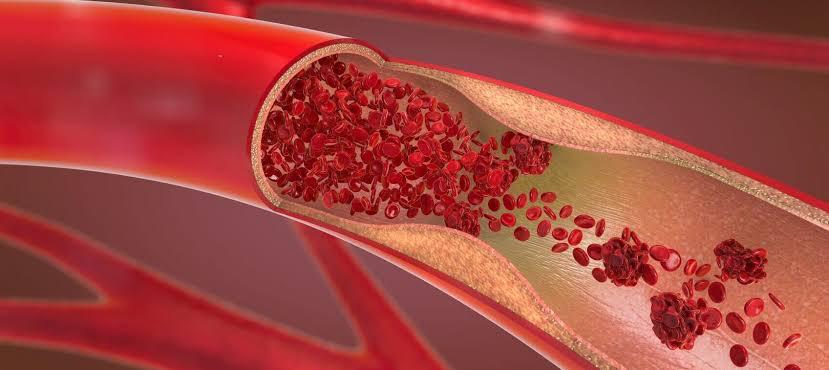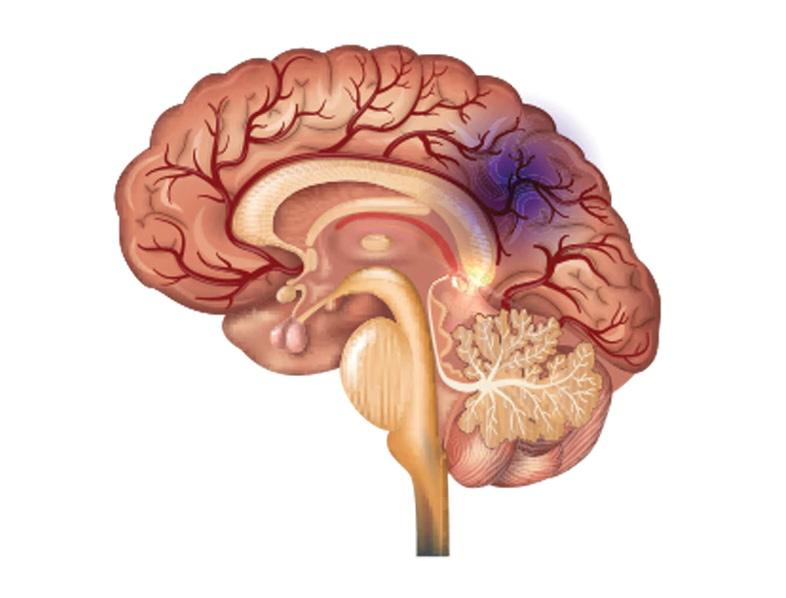DIABETES
DE-CODED
A 21 day deep cleansing Insulin sensitizing Program
DIABETES has gone from being RARE TO being EPIDEMIC in just a generation, a disastrous shift that demands the pressing question of why so many people are suddenly suffering. And why have our health experts been unable to provide an explanation or treatment for such a severe/devastating scrouge?
Tragically, diabetes authorities worldwide have come to the consensus that the best hope for sufferers is merely to control or delay the disease through lifelong dependence on medications combined with medical devices and surgeries and no better emphasis on nutrition – which can cost thousands a month, and is paradoxically accompanied by meds that often cause weight gain.
BIG FAT MYTH
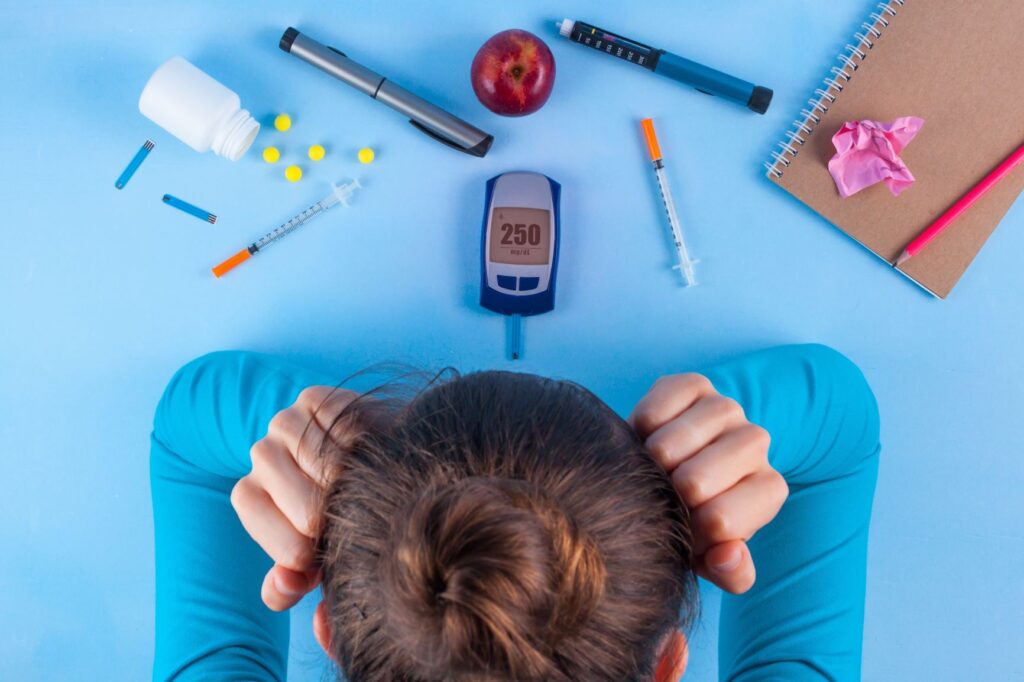
Diabetes is a chronic and progressive disease. Maintenance with Drugs/ Surgery is the only way you could go through this life sentence.
FACT
Type 2 Diabetes is completely reversible and Preventable.
The 21st Century Plague
77 Million
That’s the number of people with diabetes in India as of now. Shocking, isn’t it? In fact, India is only second to China in the ranking for the highest number of diabetics in the world.
Diabetes Mellitus
Diabetes comprises a group of metabolic disorders characterized by chronically elevated blood glucose/sugars or hyperglycemia.
Type 1
- Previously called as Juvenile (childhood) diabetes. However, it may present at any age.
- It is an autoimmune disease – the body’s own immune system damages the cells that secrete insulin (required to dispense sugars for energy and store rest) – trigger cause being uncertain (Genetics, Seasonal variations, sensitivity to cow’s milk/wheat protein, Low Vit D…). Over time, cumulative destruction of the insulin-producing cells cause type 1 diabetes to progress to severe insulin deficiency (giving the sugars no choice but to remain in the blood, thus elevating blood sugar levels). Therefore, insulin replacement through injections remains a successful treatment choice for this type (although posing higher risk of all organ complications over the long run).
Type 2
- High blood sugars in this type occurs due to “Insulin Resistance”, rather than the lack of insulin, as in type 1. The failure of insulin to lower blood glucose is called insulin resistance. The body overcomes this resistance by increasing insulin secretion to maintain normal blood glucose levels. However, this compensation has a limit. When insulin secretion fails to keep pace with increasing resistance, blood glucose raises, leading to the diagnosis of type 2 diabetes
Gestational diabetes
- High blood glucose associated with Pregnancy. Hormonal changes and excess weight before pregnancy often plays a role.
Most typical Symptoms of Hyperglycemia/ High blood glucose

Fatigue

Frequent urination
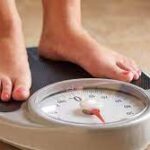
Weight changes

Increased hunger
These symptoms are common to all forms of diabetes, but they occur more frequently in Type 1 Diabetes, since the onset of Type 2 diabetes is typically very gradual. Today, Type 2 Diabetes is most often diagnosed during routine blood testing, before patients have symptoms.
A Clear Picture of Type 2 Diabetes
INSULIN:
Insulin is a hormone produced by Pancreas, that delivers several functions mostly relating to the intake and storage of food energy.
When we eat, foods are broken down in the stomach and small intestine for easier absorption. All foods are composed of 3 main constituents – (Macronutrients) Proteins, Fats and Carbohydrates. Proteins are broken down into amino acids, Fats into fatty acids and Carbs into chains of sugars – glucose.
One of the roles of insulin is to facilitate the uptake of glucose into cells for energy by opening a channel to allow it inside (Viz. Insulin is a key that opens up the doors of cells to facilitate glucose to provide us energy).
Once our immediate energy needs have been met, insulin gives the signal to store food energy for later usage.
Food energy is stored in two forms: Glycogen (from carbs, proteins) and body fat (from carbs and fats).
Excess energy whether derived from protein/carbs, is strung into long chains forming glycogen and is stored in the liver (to convert back to energy and use up whenever required – usually several hours after a meal/ during our fasting windows). Liver can only stock limited amount of glycogen, once it is full it turns the excess glucose into fat (triglycerides through lipogenesis) and is exported to be stored in fat cells (to be used up whenever required).
This energy storage – and – release process happens every day and is well balanced. We eat Insulin goes up, we use up energy required, rest is stored as glycogen and fat. We fast (between meals) insulin goes down, we use our stored glycogen and fat (as long as feeding is balanced with fasting).
INSULIN RESISTANCE
When the subtle balance of storage-release tips off with excess intake of food (energy) and inertia (lack of physical activity), you force insulin to store excess energy generated, as fat in the fat cells and as glycogen in the liver. When the liver and fat cells exceed their limit of storage (initiating fatty liver & diabesity – diabetic obesity), they no longer listen to insulin (as they cannot take in further storage energy). Resulting in the glucose/sugar remaining in the blood – showing excess blood sugars.
The overflow phenomenon:
Let’s take the example of a subway train.
The cell is like a subway train, insulin is like the door, and glucose molecules as passengers. When the train arrives and door opens, passengers get in.
But, when the train is already full with passengers, even if the door opens passengers cannot get in and remain on the platform.
One way to resolve the issue is to hire “subway pushers (more insulin produced by body or through medication to force glucose in) – they push people into the train forcibly.
This tactic works at first, but as more and more glucose is forced inside the overstuffed cells, overtime this only makes it worse by creating higher insulin resistance.
The actual way out is through Insulin sensitization. To get the already filled passengers out before trying to push more in and later maintain equal amounts of glucose (passengers) enter and leave.
Insulin Resistance is directly proportional to Diabetes, Obesity and Fatty liver
DIABETES AND ITS ADVERSE IMPACT ON THE WHOLE BODY
Diabetes unlike other diseases, has the unique and malignant potential to devastate our entire body. Practically no organ system remains unaffected by diabetes, and complications are typically seen in long-standing diabetes.
Retinopathy
- Most frequent complication of diabetes, characterized by retinal damage. (Spots or dark strings floating in your vision (floaters), Blurred vision, Fluctuating vision, Dark or empty areas in your vision, Vision loss…)
Nephropathy
- The main job of kidneys is to clean blood. When they fail, toxins build up in the body presenting loss of appetite, persistent nausea, vomiting. Untreated on a long run can cause chronic kidney ailments.
Neuropathy
- Diabetic nerve damage affects approximately 60-70% of patients with diabetes. Nerve damage results in – tingling, numbness, burning, pain.
Over years, the damage becomes progressive and sometimes deformative.
Damage to autonomic nerves may cause nausea, vomiting, constipation/diarrhea, bladder dysfunction, erectile dysfunction, orthostatic hypotension (sudden severe drop in blood pressure on standing up).
Atherosclerosis – Heart ailments – Stroke
- Diabetes greatly increases the risk of developing atherosclerosis (Plaques of fatty material deposited within the inner walls of blood vessel) causing narrowing and hardening of the arteries, restricting blood flow leading to heart ailments and stroke.
Peripheral vascular disease
- PVD is caused by atherosclerosis of the large blood vessels supplying the legs. Most common symptom is cramps while walking, relieved with rest.
Minor cuts/ injuries to feet take longer to heal and may become non-healing foot ulcers, and can progress to gangrenes.
*Diabetes along with smoking, is the strongest risk factor for PVD.
Alzheimer’s
- Progressive neurodegeneration can lead to memory loss, personality changes and cognitive problems.
Fatty liver
- Insulin resistance is the top cause of Non-alcoholic fatty liver/ steatohepatitis.
Skin and nail issues/infections
- Insulin resistance triggers – Diabetic dermopathy: Acanthosis nigricans (grey-black velvety thickening of skin particularly around the neck & body folds), Skin tags (on eyelids, neck, armpits. Over 25% people with skin tags have diabetes)
Nail problems like – fungal infections, yellow-brown, thickened nails separated from nail bed (onycholysis) are common in diabetics.
PCOS
- PCOS is caused by elevated Insulin resistance and increases the risk of developing type 2 diabetes 3-5 fold in young women.
LET’S TREAT THE CAUSE NOT THE SYMPTOMS
Conventional interventions focus obsessively on lowering blood glucose. But high blood glucose/ sugar is only the symptom, not the cause.
Until we address the root cause – Insulin Resistance, the epidemic of type 2 diabetes and all its associated complications will continue to get worse.
WHAT MORE CAN YOU EXPECT FROM THE PROGRAM?
A Pre Cleansing herbal kit should be taken 10 days prior to the program.
- 21 night’s accommodation
- Daily Ayurvedic therapies for your health
- Yoga classes everyday pertaining to your symptoms
- Meditation sessions
- Initial Wellness Consultation
- Post consultation
- Diet consultation
- Group workshops, activities, talks
- Self healing sessions
- Access to infra red sauna
- Steam bath
- Foot baths
- Face treats
- All natural supplements
- Feel free
- Happy hours
- Nature walk
- Detox drinks/juices
- Herbal teas
- Cooking sessions
- CHT and more…
TCT reserves the right to make essential adjustments to wellness program inclusion without prior notice as necessary.
**At TCT, we prioritize providing you a holistic healing experience through time tested and well researched Ayurvedic & Naturopathic therapies and medication.
Register if you are willing to embrace our treatments with an open mind
Do share your C-peptide, USG abdomen reports to our co-ordinator to confirm your eligibility prior registration

